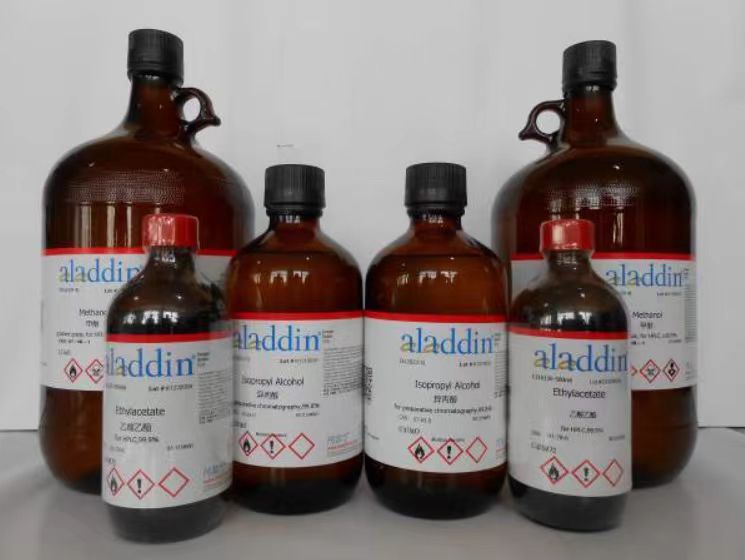 首页>
生物试剂
首页>
生物试剂
基本描述
| 规格或纯度 | ≥98.0% |
|---|---|
| 英文名称 | Lithium Phenyl(2,4,6-trimethylbenzoyl)phosphinate |
| 生化机理 | 水凝胶用光交联剂。 |
| 应用 | Lithium phenyl-2,4,6-trimethylbenzoylphosphinate (LAP) is a water soluble, cytocompatible, Type I photoinitiator for use in the polymerization of hydrogels or other polymeric materials. This photoinitator is preferred over Irgacure 2959 for biological applications due to its increased water solubility, increased polymerization rates with 365 nm light, and absorbance at 400 nm allowing for polymerization with visible light. The improved polymerization kinetics enable cell encapsualation at reduced initiator concentration and longer wavelength light, which has been shown to reduce initiator toxicity and increase cell viability. |
| 运输条件 | 常规运输 |
| 产品介绍 |
Lithium phenyl-2,4,6-trimethylbenzoylphosphinate (LAP) is a water soluble, cytocompatible, Type I photoinitiator for use in the polymerization of hydrogels or other polymeric materials. This photoinitator is preferred over Irgacure 2959 for biological applications due to its increased water solubility, increased polymerization rates with 365 nm light, and absorbance at 400 nm allowing for polymerization with visible light. The improved polymerization kinetics enable cell encapsualation at reduced initiator concentration and longer wavelength light, which has been shown to reduce initiator toxicity and increase cell viability. Lithium phenyl-2,4,6-trimethylbenzoylphosphinate (LAP) is a water soluble, cytocompatible, Type I photoinitiator for use in the polymerization of hydrogels or other polymeric materials. This photoinitator is preferred over Irgacure 2959 for biological applications due to its increased water solubility, increased polymerization rates with 365 nm light, and absorbance at 400 nm allowing for polymerization with visible light. The improved polymerization kinetics enable cell encapsualation at reduced initiator concentration and longer wavelength light, which has been shown to reduce initiator toxicity and increase cell viability. |
 会员登录
会员登录.getTime()%>)
 购物车()
购物车()

 成功收藏产品
成功收藏产品